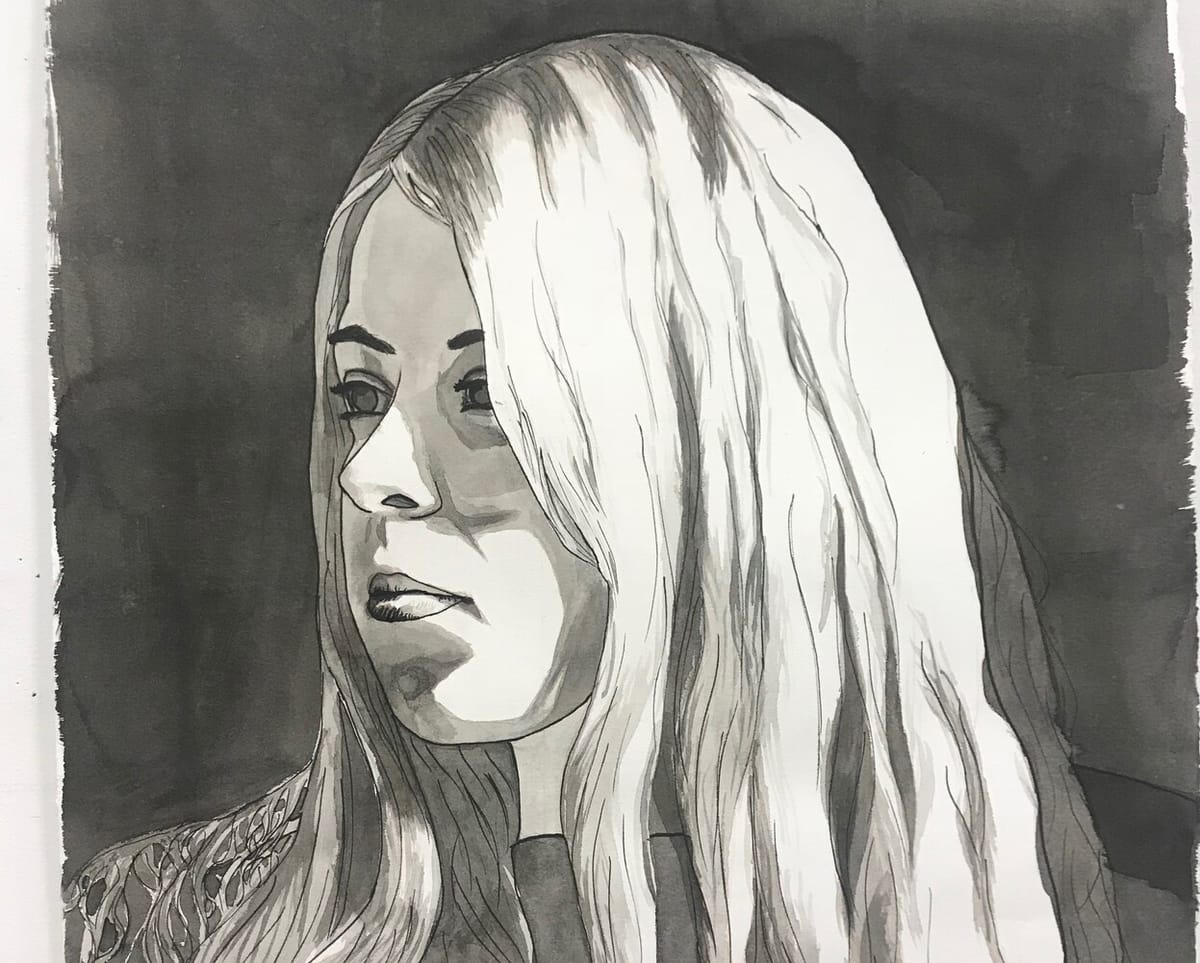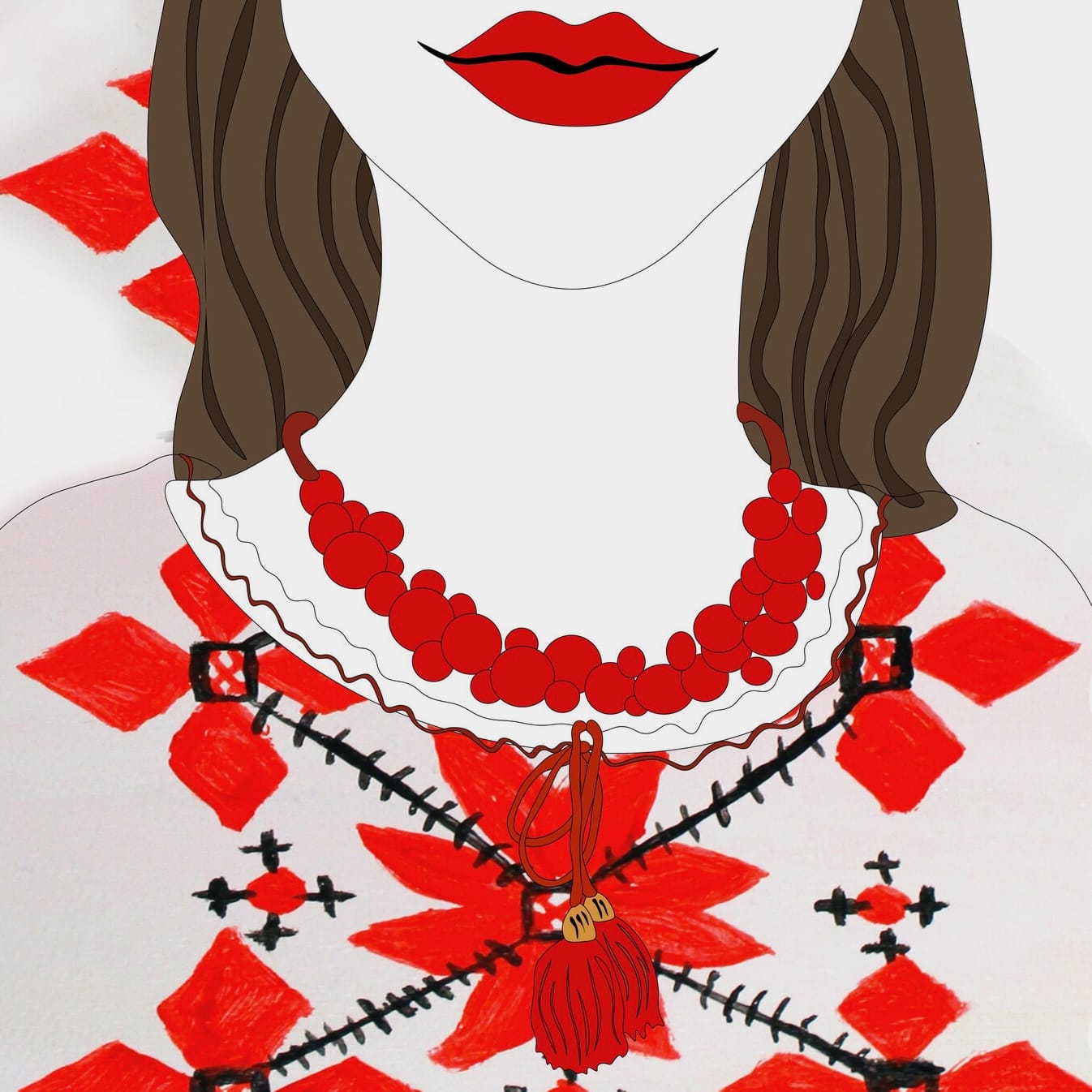Hope, Paint, and Darkness
I don’t know what happiness could feel like without a background layer of pain.

Perhaps it’s because of where I’m from. Or it’s because of all the trauma and mental illnesses that haunted my adolescence. Or it’s simply the way all humans are cursed to feel… but I don’t know what happiness could feel like without a background layer of pain.
When you paint with oil or acrylics, you start with a “wash”. The wash is the underlying layer of diluted paint that you apply to your canvas. Typically, you want the wash to be a single color, or a couple of shadows marking the fuzzy outline of your composition.
When I first learned to paint, I thought that this step was stupid. As with many things I assumed at 13, it turns out that I was wrong. Adding a wash isn’t stupid, but I definitely was.
What’s the point of covering your canvas with paint that will never be visible in your final work?
Smug superiority, for one. You get to look at everyone else examining your painting, and think to yourself, “they’ll never know what the first layer looked like”.
But beyond that, the initial wash sets up every single color that you lather on afterward. You might think that paint has disappeared under all the brushstrokes you’ve added since… but that paint IS there. It’s there, adding dimension and depth to every single inch of your final piece.
So, that’s how I tend to think of pain.
The sadness, the fear, the anxiety, the depression… it’s like a blue-grey wash on the canvas of life. If you’re buying paint at an art supply store, you might ask for a tube of “Prussian Blue”. It’s a little too bright for my liking, but if you mix it with some “Raw Sienna”, you’ll get the right shade – muddy, dark, luscious depression.
And whenever I feel happiness, joy, or laughter… I always feel it more when I remember that underlying layer of suffering beneath it. The sadness never really leaves, but it alternates. It switches between the foreground and background, taking turns within each “painting” of my life.
You might think that this is too depressing. You might be wondering if you even want to keep reading. Perhaps you’ve even clicked away. (If it’s the latter, I can’t help you, but that’s nether here nor there.)
But I genuinely don’t find my observation particularly distressing. Because, if you do pick up some paint and layer your initial canvas with a cold, dark color… you’ll also discover something magical.
All of those other shades that looked muddy or bland on your palette? Try adding them to your canvas now.
Every single drop of your new colors will now shine so much brighter against that dark blue. A “Yellow Ocher” might have felt dirty on top of white, but now it’s a bright yellow. Your brush will suddenly illuminate the scene, each mark turning into a lantern on a night street, or a star that shines through the empty vastness of space.
Even the most hopeless, boring, or mundane moments of your life will become a lifeline of joy against the darkness that came before them.
Perhaps I am morbid. I understand why people get uncomfortable when I describe my favorite places and mention death. But to me, the existence of beauty in a place that was, at some point in the past, the center of suffering… that’s the most hopeful fact of them all.
A war zone can become a playground. A bomb shelter can turn into a library. A destroyed building might be transformed into a park. A corpse could fertilize the soil for a strong tree. And a broken child, shaking in fear, can become the love of someone’s life.
I have to remember suffering when I’m happy. Because if I forget… then I’ll have nothing to hold on to when the world falls apart again.
